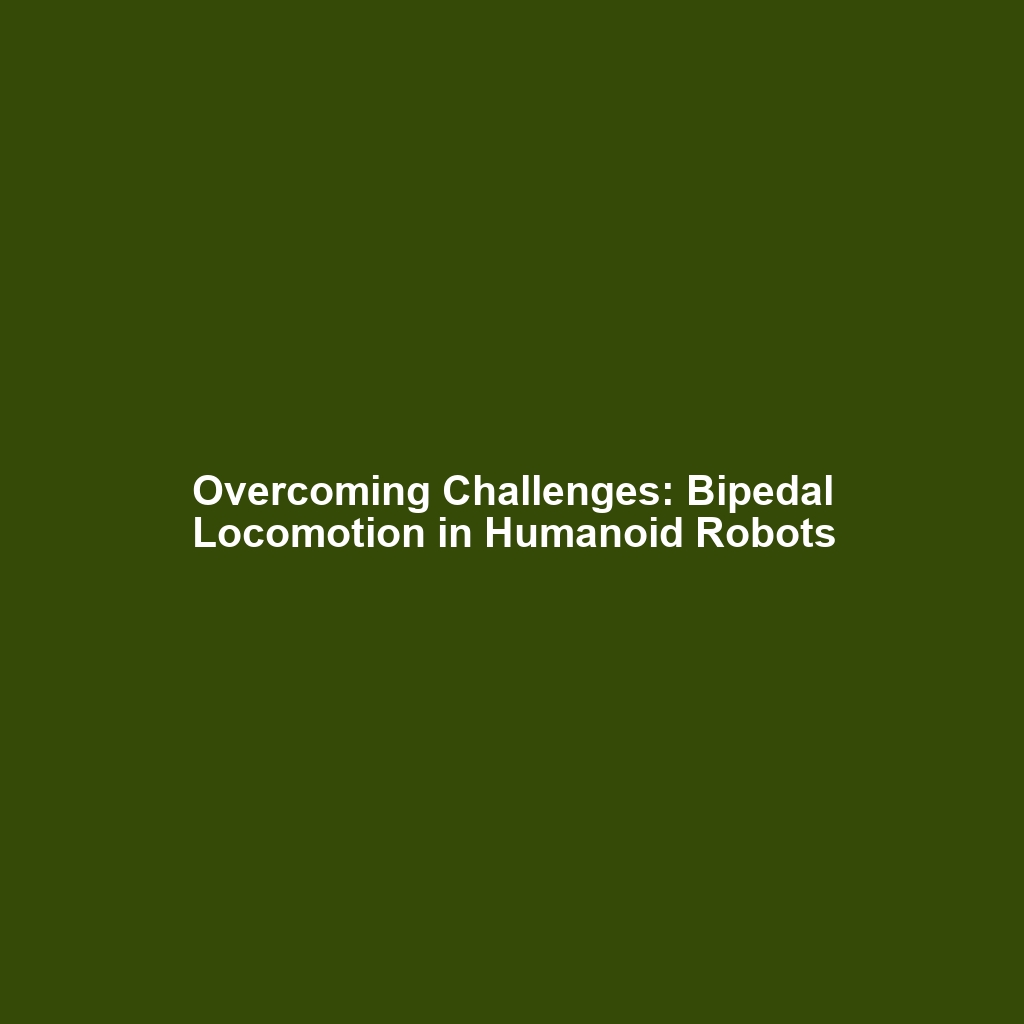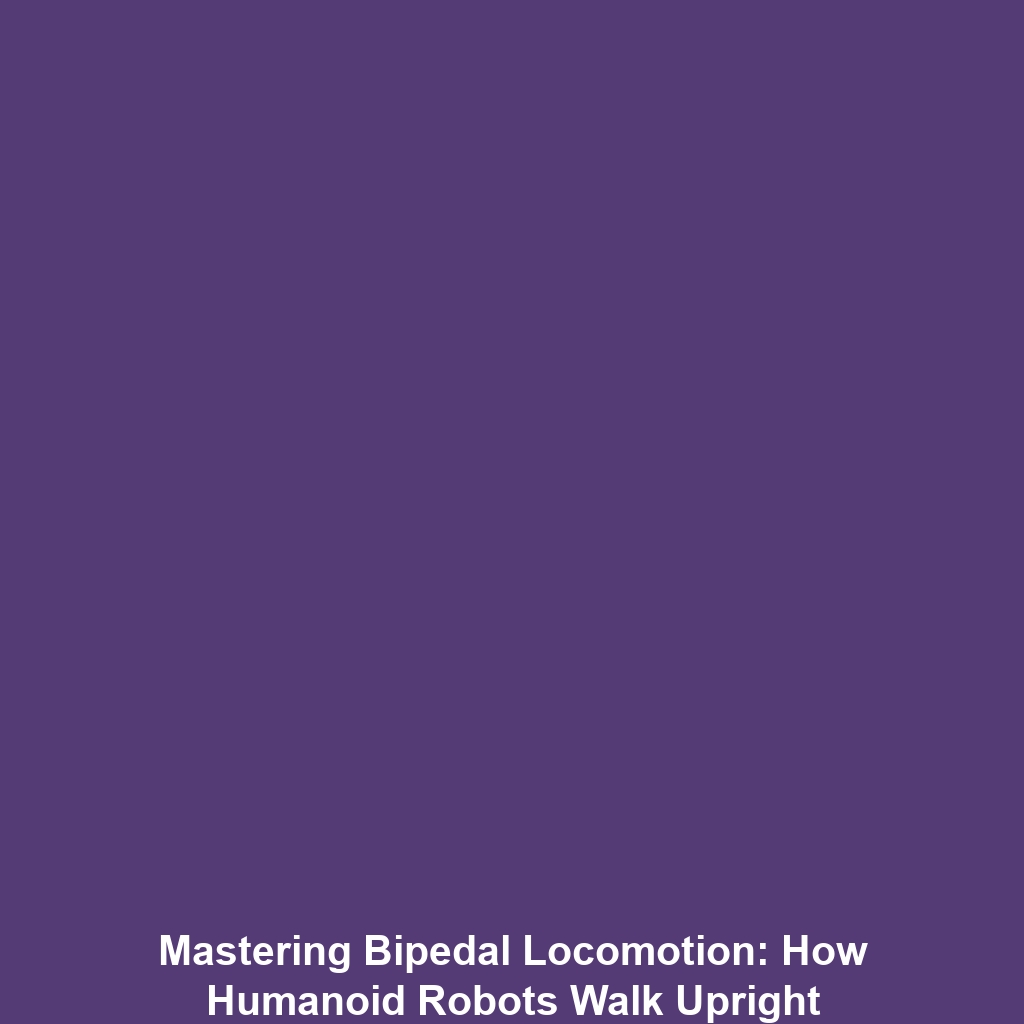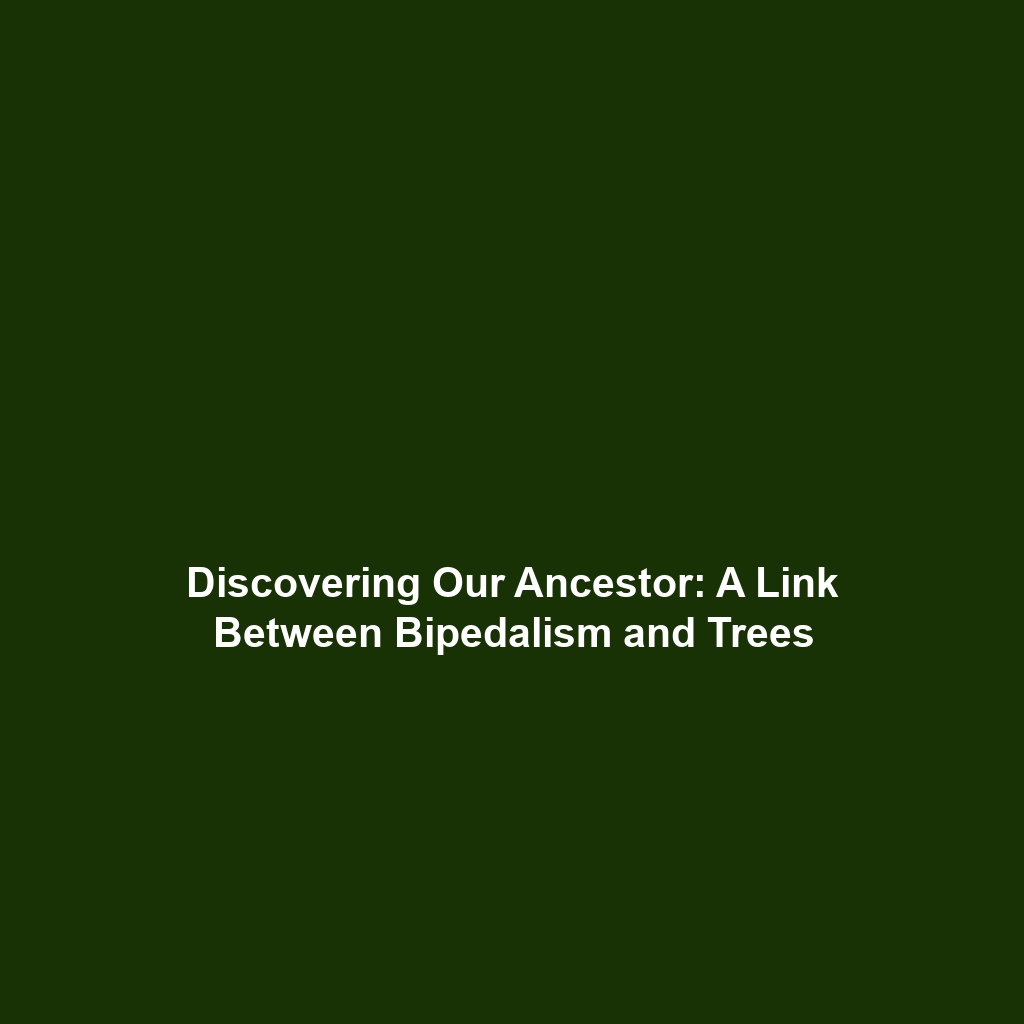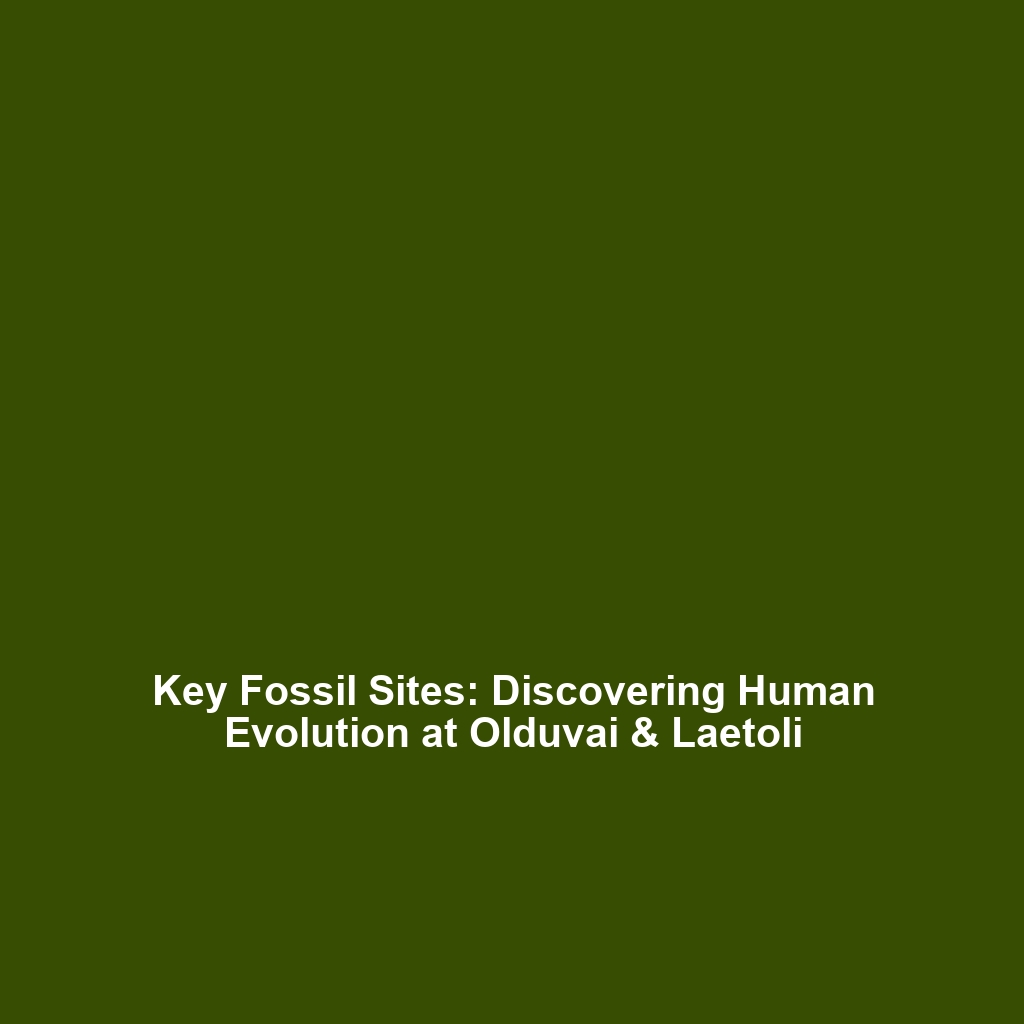Challenges of Creating Bipedal Locomotion in Humanoid Robots
Introduction
The quest to develop bipedal locomotion in humanoid robots is a pivotal aspect of modern robotics, essential for creating machines that can navigate human environments effectively. This challenge encompasses a complex interplay of biomechanics, engineering, and artificial intelligence, making significant strides as researchers strive to mimic human walking and balance. Understanding these challenges is crucial not only for robotics but also for advancements in fields such as rehabilitation, personalized robotics, and assistive technologies.
Key Concepts
Biomechanics of Human Locomotion
Human walking involves a sophisticated coordination of muscle, joint, and neural functions, which scientists strive to replicate in robots. Key areas of focus include:
- Gait Analysis: Understanding the nuances of human gait patterns, including speed and stability.
- Balance Mechanisms: Implementing systems that can adjust to shifts in center of gravity.
- Sensor Technology: Utilizing sensors to provide real-time feedback about the robot’s position and movement.
Applications and Real-World Uses
The challenges of creating bipedal locomotion in humanoid robots offer numerous real-world applications, enhancing our understanding of mobility and interaction in human spaces. Some practical uses include:
- Assistive Robots: Helping individuals with mobility impairments by providing support and companionship.
- Industry Robots: Enhancing production efficiencies in environments designed for human workers.
- Caregiving Robots: Providing assistance in healthcare settings, particularly in rehabilitation scenarios.
Current Challenges
Despite progress, several challenges persist in the field of bipedal locomotion for humanoid robots:
- Maintaining stability on uneven or shifting surfaces.
- Energy efficiency to prolong operational time without sacrificing functions.
- Robustness in sensor reliability under varying environmental conditions.
Future Research and Innovations
Future innovations are poised to tackle these challenges head-on. Emerging areas of research include:
- AI-Driven Adaptations: Leveraging artificial intelligence to adapt walking patterns in real-time.
- Exoskeleton Technology: Integrating bipedal robots with exoskeletal structures for enhanced stability.
- Advanced Materials: Exploring the use of lightweight and durable materials to improve agility and reduce energy consumption.
Conclusion
In summary, the challenges of creating bipedal locomotion in robots reflect significant obstacles that must be addressed for the advancement of humanoid robots. Continued exploration in this field promises to unlock numerous applications that can enhance our interaction with technology in everyday life. For more insights and updates on robotics, be sure to check our articles on robotics innovations and humanoid robotics developments.




